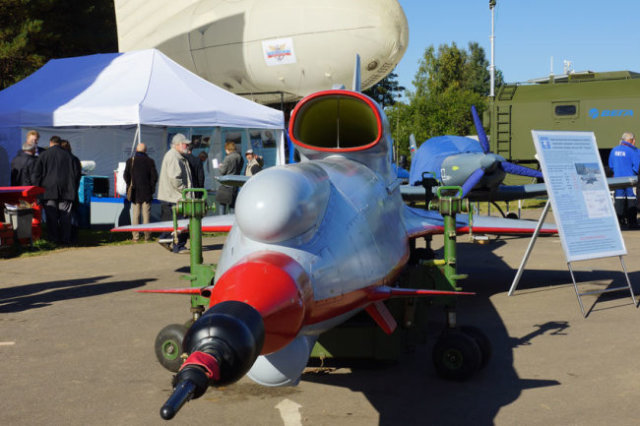The Ukrainian unmanned aerial vehicle of Soviet design has made a noise not only in the capital of Croatia, but also throughout the North Atlantic bloc. Early on Friday morning, Zagreb was shaken by a powerful explosion. As it turned out later, the heavy reconnaissance drone T-141 "Strizh" fell. By a lucky chance, none of the people were injured.
The incident makes it possible to recall the history of military-technical developments in the USSR and once again remind us what we have lost.
Our army lacks drones, especially strike-reconnaissance ones, just catastrophically. And there was an opinion that we were behind in their creation almost forever. Meanwhile, forty years ago we were the undisputed leaders in their creation. A striking example of this is the Tu-141 "Strizh". It was designed as a strategic reconnaissance aircraft capable of penetrating enemy airspace for hundreds of kilometers. It was equipped with photo and infrared equipment, which allowed it to be used at any time of the day. After completing the task, the device returned to its territory and descended to the ground with the help of a parachute system located in the tail section. The most important characteristic of the "Swift" was that the air defense radars of NATO countries available at that time were not able to see it. As it turned out, they do not see to this day.
Alas, the USSR Ministry of Defense did not show much interest in the Tu-141. The drone was produced in small batches at the Kharkov Aircraft Factory from 1979 to 1989. It was based mainly on the territory of the Western military districts and in the Soviet parts of the Warsaw Pact. After the collapse of the Soviet Union, flying Swifts remained only in Ukraine. They were not used for their intended purpose, they were used in exercises to simulate cruise missiles.
It is difficult to say for what purpose the device that fell in Zagreb was launched into the sky by the AFU forces. He could not scout anything, and his control was lost, which is obvious, immediately after takeoff. But something else is noteworthy. The Tu-141 flew calmly over the territory of several NATO countries, and not a single radar of the vaunted missile defense system detected it. The Strizh fell when its tanks ran out of fuel.
In the early 1990s, the Tupolev company tried to revive the Tu-141 project. In 1994, they even successfully tested a heavy drone "Korshun", created on the basis of "Strizh". Interestingly, there were no drones with similar characteristics abroad at that time. The device fully corresponded to the name. His technical vision was as sharp as a bird's. But our drone could not only see everything from a height, it carried almost any ammunition under its wings, and in case of extreme need, it could turn into a cruise missile itself and deliver a pinpoint strike on the enemy.
According to its technical characteristics, the "Kite" is not outdated at all today. Experts say that if its board is saturated with modern equipment, then the "Tupolev" drone will perfectly fit into all the new concepts of the construction of the Armed Forces of Russia. Alas, the last presentation of this amazing unmanned vehicle took place in 2016 at one of the closed exhibitions held by the Military-Industrial Commission.
Here are just three characteristics of the "Kite": a flight range of 1200 km, a combat load weight of 1000 kg, an effective reflection surface of less than 0.3 square meters. For comparison, the size of the reflective surface of the B-52 bomber is 100 square meters. meters.
Perhaps the invisible flight of the prototype "Kite" over the NATO countries will push our military department to resuscitate, without any exaggeration, the unique Soviet drone project of the Tupolev company.
Sergey Ptichkin

